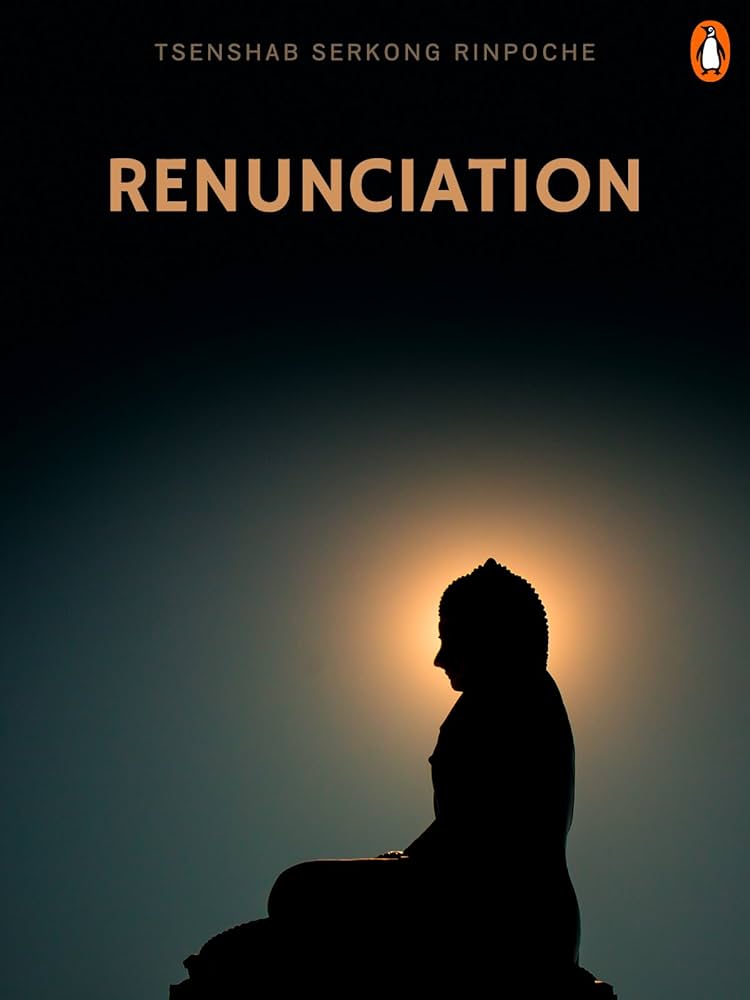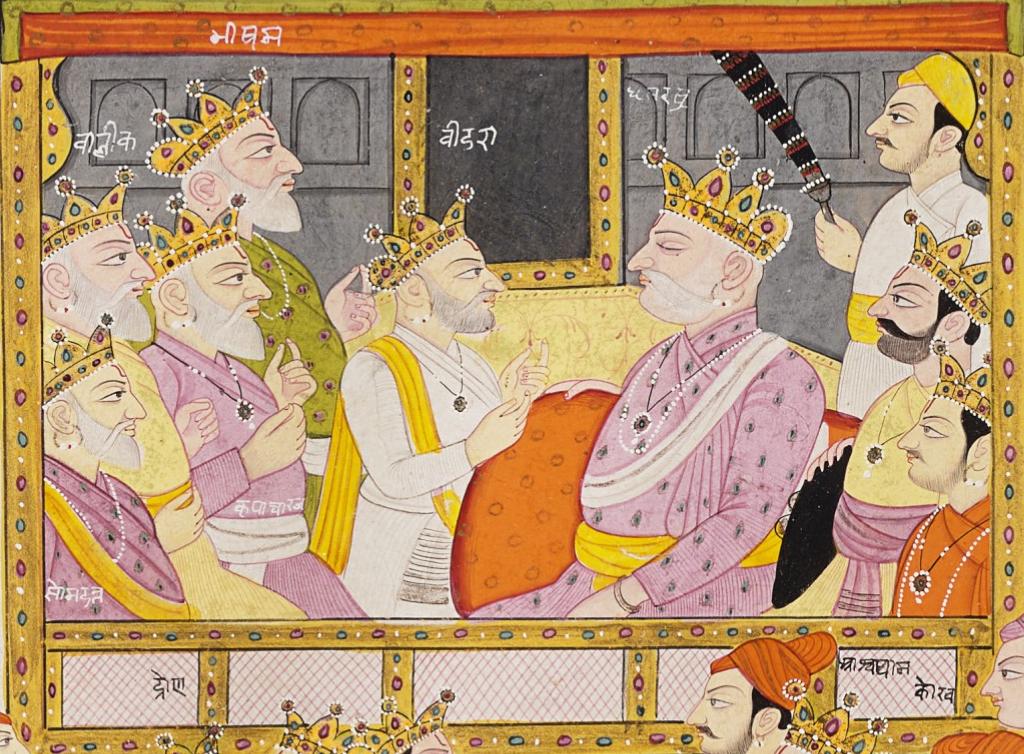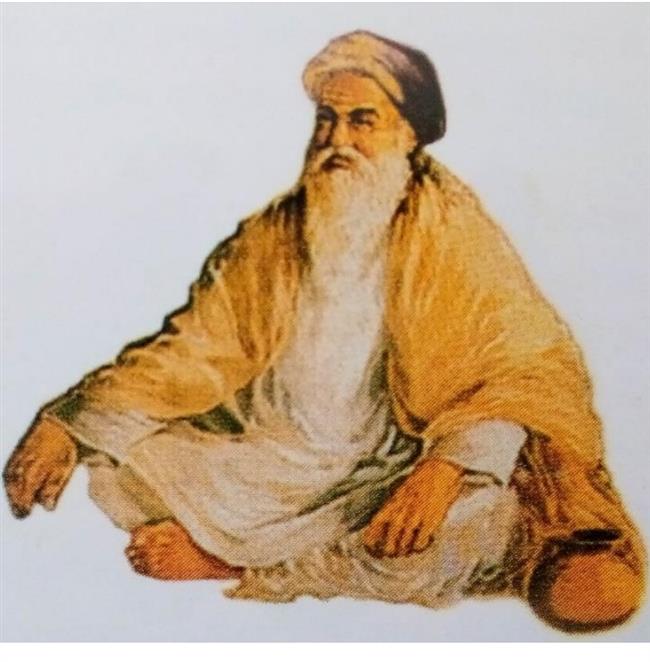Discover the essence of renunciation across faiths, from Bhakti's devotion to Buddhism's enlightenment and Sikhism's inner surrender.
Explore Guru Nanak's Suchaji, a poetic reflection on true devotion, highlighting humility and unconditional love for the divine in the Guru Granth Sahib.
Discover Vidura's role in Mahabharata, his devotion to Krishna, and how his story inspires humility and reverence in devotion, even for those from low castes.
BHAGAT- Bhagat has roots in the word Bhaj or Bhakt, which means divided (into self and the \'other\'; this \'other\' may be a god or the Almighty) or sacrificed (into pieces for some god or for the Almighty); hence, Bhagat is one who is devoted to some god or the Almighty. The word Bhagt has also been traced to the word Bhaj (to adore, honour, love, revere etc.). It has another root: Bhagvata (devotee of Bhagwan). According to Sikhism, a Bhagat is one who is devoted to the Almighty.
CHITRA SAIN, a devotee of Guru Hargobind, came to Kartarpur on the Baisakhi day to pay obeisance to the Guru. He had come to present, as he had pledged in fulfilment of a wish, the Guru with a horse, white hawk and the robes. The Guru felt pleased with Chitra Sain, as says Gurbilas Patshahi Chhevin, and blessed him. Of these gifts, the Guru gave the hawk to Baba Gurditta and the robes to Painda Khan, a devotee of the Guru and a commander in his army, asking him to wear this dress while coming to the Guru`s presence.
Discover how Ganika, a renowned courtesan, found emancipation and became a devoted follower through the teachings of a sage in Guru Granth Sahib.
Discover Jaidev, author of Gita Govinda, whose hymns in Guru Granth Sahib celebrate divine love transcending duality. Learn about his life and works.
Explore the legacy of Mehra Bhai, a revered hillman and devotee of Guru Arjan, as mentioned in Bhai Gurdas's Varan XI. Discover more in Bhagat Mala.
NARASINGH (Man-lion incarnation) The Lord manifested Himself by tearing off the column and killed the egoistic demon. (Bhairo M. 3, p. 1154) The Lord came out of the column assuming huge size and killed Hiranyaksha (Hiranyakashipu) with his nails. That Supreme Purusha and God of gods manifested Himself as Narsingh for His devotee. (Basant Kabir, p. 1194) Vishnu assumed the form of man-lion in order to save the •world from the tyranny of the demon king Hiranyakashipu. He had propitiated Brahma and become invulnerable.
- 1
- 2





